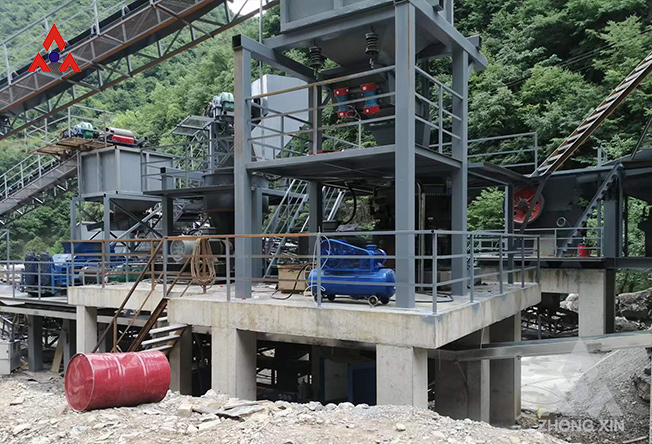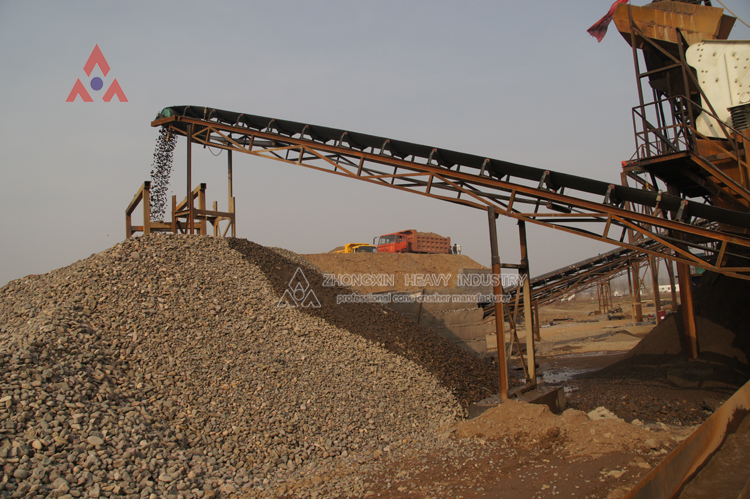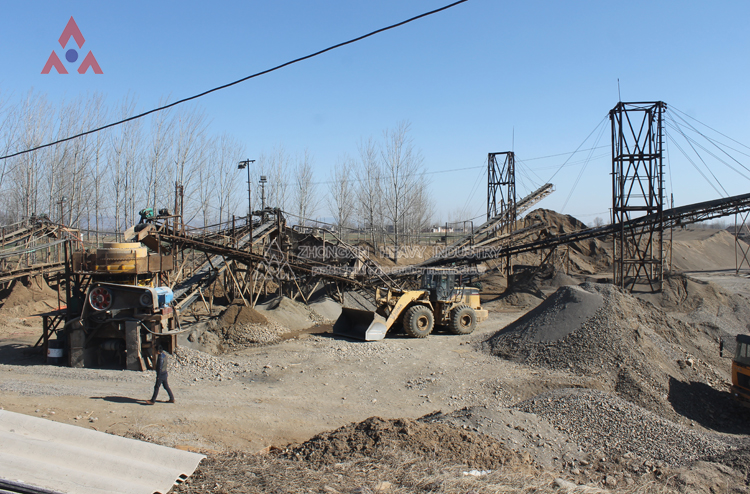2024-11-19 10:15:32
Vibrating feeder is a commonly used feeding equipment. It can evenly and continuously deliver materials to the crushing equipment during the production process. It is the forefront of the entire production line. If there is material blocking and spilling, the production line may be paralyzed in severe cases, so it is very important to ensure the normal operation of the vibrating feeder. So, what are the reasons for material blocking, spilling and non-feeding of vibrating feeders? How can we avoid failures and ensure the effective operation of the equipment?
During the production process, the vibrating feeder can evenly, regularly and continuously feed block and granular materials from the storage bin into the receiving device to avoid blocking the receiving port of the crusher. The vibrating feeder uses the rotation of the eccentric block in the exciter to generate centrifugal force, so that the movable parts such as the screen box and the exciter perform forced continuous circular motion or approximate circular motion. The material follows the continuous throwing motion of the screen box on the inclined screen surface, and the material is continuously and evenly delivered to the receiving port.

Vibrating feeder application site
1. From the characteristics of the material itself, the main reason for the blockage of the vibrating feeder is the high viscosity and high moisture content of the material. Due to the reduced fluidity of the material, this will cause the usual "wall hanging" and "falling off" phenomenon after the material enters the warehouse, especially during the rainy season.
2. During the downtime of the vibrating feeder transportation system corresponding to the silo, due to the long storage time in the silo, coupled with the influence of humidity, the friction between the material and the silo wall increases, resulting in blockage.
3. There are too few materials in the silo. Since the material falls from a height of more than ten meters, the deeper the silo of the vibrating feeder, the *er the acceleration and the *er the impact force. Therefore, under the action of gravity, a certain size of material will gradually store the bottom of the silo. The material is compacted by impact; when the material is discharged again, blockage is likely to occur.
4. Structural blockage. At present, the silo of the domestic vibrating feeder is made of steel plate, and its shape is *ly conical, square-conical or hyperbolic, with a large upper mouth and a small lower mouth. The material flows from to bottom in the silo by its own weight, and the cross section becomes smaller as it flows downward, which is also an important cause of blockage.
5. The material storage point is poorly managed, resulting in bulk materials or foreign matter entering the warehouse. At the silo entrance of the vibrating feeder, the sieve holes that are not set as required are too large, resulting in large pieces of material or foreign matter entering the silo, causing blockage.
6. During use, care should also be taken not to press the load of the silo directly on the feed chute. This will damage the spring plate and the connecting fork for a long time, causing one of them to break.
7. It may be due to excessive feeding that causes material accumulation in the base of the machine, increased lifting resistance of the screw conveyor, and poor operation of the hopper. In this case, the feed should be reduced immediately and the feed should be kept uniform.
8. The gap between the iron core and the armature of the feeder is too large or too small. If this happens, the feed of the feeder will be affected because the machine cannot reach the normal amplitude.
9. It may be due to incompatibility between the various parts of the feeder, which is mainly caused by the looseness of some parts. This requires adjusting the components to adjust the pressure of the machine's spring plate compression bolts to the * level so that the chute reaches the amplitude range specified in production.
Although the vibrating feeder is only an auxiliary equipment, it plays an important role in connecting the hubs in the entire production line. The failure of the vibrating feeder will not only affect the work efficiency, but also the service life of the equipment. This is likely to cause the entire production line to s production and cause huge economic losses. In daily maintenance, the condition of the vibrating feeder equipment should be checked frequently, and regular inspections and maintenance should be carried out to reduce the equipment failure rate.

 WhatsApp
WhatsApp Wechat
Wechat





 WhatsApp
WhatsApp Wechat
Wechat